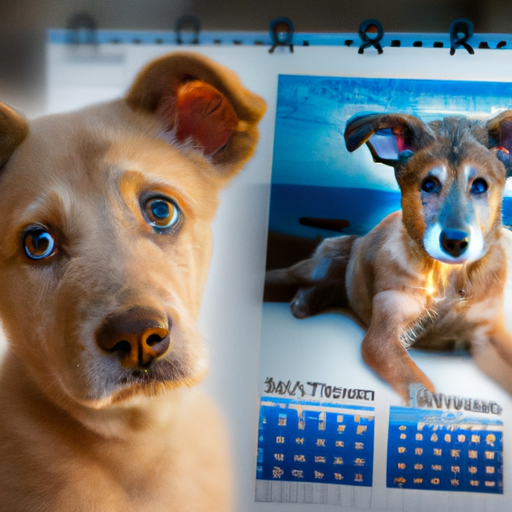As a loving caregiver to your furry friend, you might be wondering, “at what age are dogs no longer puppies?” Understanding the stages of your pet’s growth is crucial to providing the care and nurturing they need to thrive. This comprehensive guide will delve into the details of puppyhood and adulthood, shedding light on the factors that influence a puppy’s transition to adulthood and the varying timelines depending on breed size.
Table of Contents
- Understanding Puppyhood
- Navigating the Transition to Adulthood
- Factors Influencing Growth
- Frequently Asked Questions
Key Takeaways:
- Dogs transition from puppyhood to adulthood at different ages depending on their breed and size.
- Understanding your dog’s breed and size can help you better care for them during this transition.
- Regular vet checkups are crucial to monitor your pet’s development.
Understanding Puppyhood
Puppyhood is a period of rapid growth and development filled with learning and exploration. A puppy is born blind and deaf, with the first few weeks of life spent nursing and growing. Around the 12th week, puppies start to exhibit more independence and curiosity, marking the beginning of the socialization period. This stage is crucial for learning about the world and forming bonds with humans and other animals.
If you’re curious about the different stages of your puppy’s growth, you can find more information here.
Navigating the Transition to Adulthood
The transition from puppyhood to adulthood varies greatly depending on the breed and size of the dog. In general, smaller breeds tend to mature faster than larger ones. Small dogs often reach adulthood around the 12-month mark, while larger breeds may not be fully grown until they are two years old or more.
For more in-depth information about specific breeds, you can check out this comprehensive guide.
Here’s a general guide:
| Size | Transition Age |
|---|---|
| Small Breeds | 9-12 months |
| Medium Breeds | 12-15 months |
| Large Breeds | 18-24 months |
| Giant Breeds | 24-36 months |
Factors Influencing Growth
Several factors can influence the rate at which your puppy grows into an adult. These include:
-
Breed: Different breeds mature at different rates. For example, a small breed like a Chihuahua will mature much faster than a large breed like a Great Dane.
-
Nutrition: Proper nutrition is crucial for your puppy’s growth and development. Providing a balanced diet will ensure your pet grows at a healthy rate.
-
Health: Regular vet checkups are vital to monitor your pet’s development and detect any potential health issues early.
Frequently Asked Questions
1. How can I tell if my dog is no longer a puppy?
Physical changes such as growth rate slowing down, teeth fully developed, and behavior changes such as decreased hyperactivity can indicate your dog is transitioning to adulthood.
2. Is it okay to switch my dog to adult food once they reach adulthood?
It’s usually best to gradually transition your pet to adult food over a period of 7-10 days. Consult with your vet to determine the best time to make this switch.
3. What changes can I expect as my dog transitions to adulthood?
You might notice behavioral changes as your dog becomes less hyperactive and more independent. Regular exercise and training can help manage these changes.
In conclusion, understanding when your dog transitions from a puppy to an adult can help you provide the best care possible. Whether you’re a new pet owner or an experienced one, knowing your pet’s growth timeline can be incredibly helpful. For more tips on caring for your pet, check out these helpful articles on puppy care, dog training, and dog nutrition.



